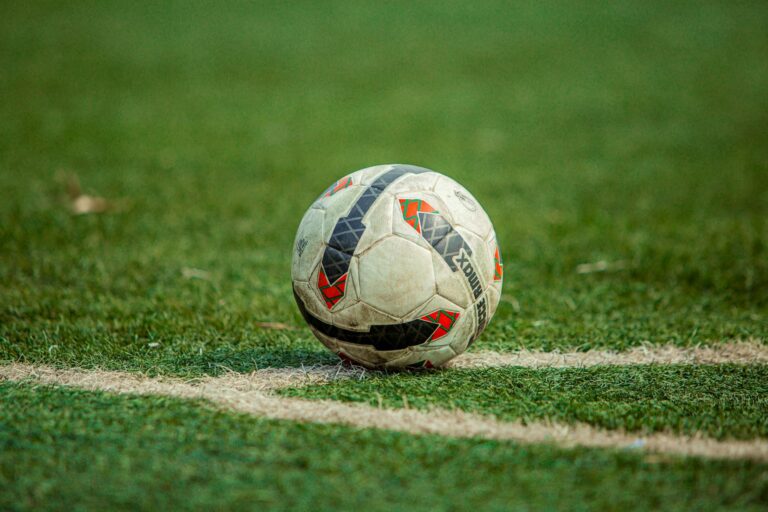For athletes and fitness enthusiasts, the right playing surface can make a significant difference in performance, safety, and overall experience. Whether it’s for football, tennis, or multi-sport training, the quality of the surface impacts traction, shock absorption, and injury prevention. While natural grass has long been a traditional choice, it comes with maintenance challenges such as wear and tear, muddy patches, and seasonal limitations. This is where artificial grass for sports provides a reliable and practical alternative, offering a durable, consistent, and weather-resistant surface all year round.
Benefits of Artificial Grass for Sports
Opting for artificial turf in sports settings comes with several advantages:
1. Durability for High-Intensity Use
Sports surfaces endure heavy foot traffic, rapid movements, and frequent impacts. High-quality artificial grass is designed to withstand intensive use without thinning out, becoming uneven, or developing bald patches. The durability ensures a consistently safe and playable surface, making it ideal for training grounds and sports clubs.
2. Weather Resistance
Natural grass struggles in extreme weather—rain can turn it into a slippery mud pit, while intense heat can dry it out and create uneven terrain. Artificial grass maintains its structure regardless of weather conditions, ensuring year-round usability.
3. Low Maintenance Requirements
Maintaining a natural sports pitch involves regular mowing, watering, fertilising, and reseeding. In contrast, artificial turf eliminates these labour-intensive tasks, reducing maintenance time and costs. With no need for watering or chemical treatments, it also offers a more eco-friendly solution.
How to Choose the Right Artificial Grass for Sports
Selecting the best artificial turf depends on several key factors, each contributing to performance, safety, and longevity.
1. Pile Height and Density
The pile height—the length of the synthetic fibres—varies depending on the type of sport. Shorter pile heights (20-30mm) are ideal for sports like tennis and hockey, where the ball needs a smooth roll, while longer fibres (40-60mm) provide better cushioning for football and rugby. Density also plays a role, as higher fibre counts create a more durable and comfortable surface.
2. Material Composition
Artificial grass is typically made from polyethylene, polypropylene, or nylon. Polyethylene is a common choice due to its balance of softness and resilience. Nylon, though more expensive, offers superior durability and is often used in high-performance sports pitches.
3. Infill Type
Infill materials—such as rubber granules or sand—enhance stability, shock absorption, and traction. The right infill choice depends on the sport’s requirements. For example, rubber infill is often preferred for football and rugby as it provides extra cushioning, whereas sand infill suits sports requiring firm, even surfaces like hockey.
Maintaining Your Sports Artificial Grass
Although artificial grass requires less upkeep than natural turf, regular maintenance helps extend its lifespan and keep it in peak condition.
1. Brushing and Debris Removal
Frequent brushing prevents fibres from matting and ensures an even playing surface. Removing leaves, dirt, and other debris prevents blockages and maintains proper drainage.
2. Infill Redistribution
Over time, infill can shift due to repeated use. Periodically redistributing it helps maintain even coverage, ensuring consistent traction and impact absorption.
3. Addressing Wear and Tear
Although artificial grass is highly durable, areas with heavy use—such as goalmouths or training zones—may show signs of wear. Regular inspections and minor repairs can prevent long-term damage.
4. Keeping It Clean
Rainfall naturally helps wash away dirt, but in dry conditions, an occasional light rinse can remove dust and sweat residue. For sports facilities, periodic disinfection is also beneficial to maintain hygiene.
Why Artificial Grass is a Smart Investment for Sports Use
With its durability, all-weather performance, and low maintenance needs, artificial grass is a practical and cost-effective solution for sports surfaces. It provides a consistent playing field that supports athlete safety and performance while reducing upkeep efforts. Whether for professional training facilities, schools, or home sports setups, investing in the right artificial grass ensures a long-lasting and reliable surface for years to come.
